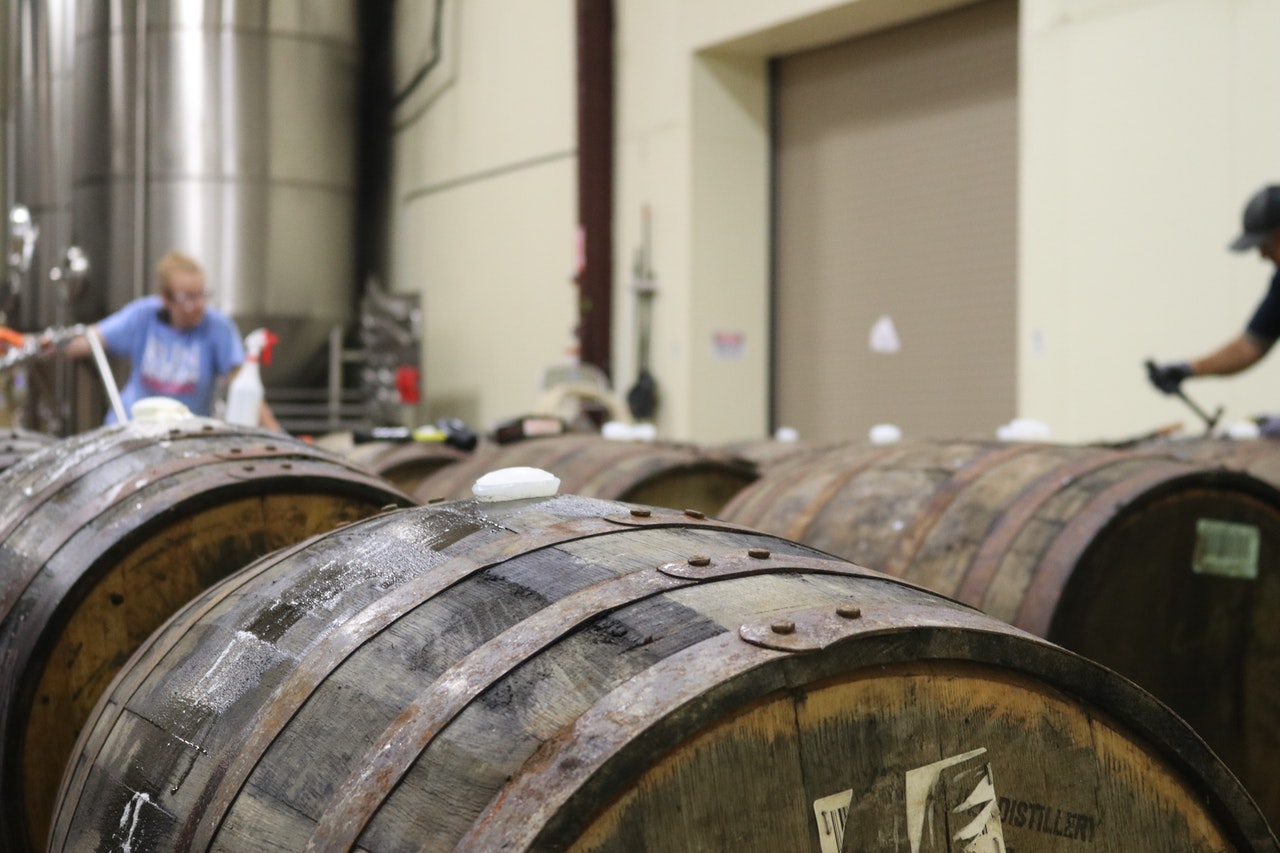
What Makes Peking Duck Such a Special Dish
(Image Credit: Chili House SF)
Peking duck is a popular meal in China as well as many Western countries. With a tradition dating back nearly 700 years, it’s easy to see why. When the Yuan Dynasty fell in 1368, it created many changes in China and started the Ming Dynasty. Cooked duck, which had long been a favorite of the Chinese, took the name Peking duck after the country’s capitol city. The dish has long been associated with royalty, a tradition that continues to this day. Eventually, those in the upper class began to enjoy it as well.
By the late 1800s, Peking duck became a popular dish across the world. Scholars and poets described eating it in their works and restaurants sprung up for the sole purpose of featuring this dish. Due to its increasing popularity, dignitaries and leaders from around the world started eating Peking duck whenever they had the chance. It made them feel as if they had experienced authentic Chinese culture.
How is Peking Duck Prepared?
To prepare this dish, a chef dip a whole duck in sherry and honey and then leave it for several hours or days to air cure. He or she first separates the flesh and skin of the duck to ensure proper roasting. The next step is to slow roast the duck to create the brown, crisp skin that has become its trademark over the centuries. The chef then rolls skin and meat morsels with spears of cucumber and scallion into a crepe, which is thin like a pancake. Finally, the chef sprinkles the Peking duck with Hoisin sauce and serves it.
Where Do the Ducks Come From?
While the sauce, scallion, and cucumber make for a delightful taste, it’s the meat itself that makes this dish especially memorable. The mallard ducks typically used to create this dish were typically located in canals in Nanjing, which was China’s capitol several centuries ago. In modern times, farmers raise the duck specifically to sell for the creation of the Peking duck meal in China. Chefs in other countries may not necessarily use a specific type of duck when preparing this dish.
Roasting Makes All the Difference
After preparing the duck for cooking, the chef hangs it in a brick oven for roasting. This is what gives Peking duck its unique and well-known taste and crunch. The seasonings are not universal, which means each chef may add something slightly different to create his or her signature Peking duck meal. While cooks across the world enjoy making Peking duck, only those raised and roasted in China receive the classification of authentic.
The UNESCO List of Cultural Heritage
The United Nations Educational, Scientific, and Cultural Organization (UNESCO) maintains a list of intangible cultural heritage to safeguard the traditions and practices of countries throughout the world. Currently, China is working to get Peking duck on the list to ensure that future generations can enjoy it as well. In that regard, what seems like a simple meal has a rich cultural past as well as a future.
- Restaurant Germs: Improving Cleaning Practices For Commonly Contaminated Surfaces - April 15, 2024
- Fabulous Baby Shower Ideas to Try Soon - May 16, 2023
- Raw Manuka Honey Auckland New Zealand - March 10, 2023



